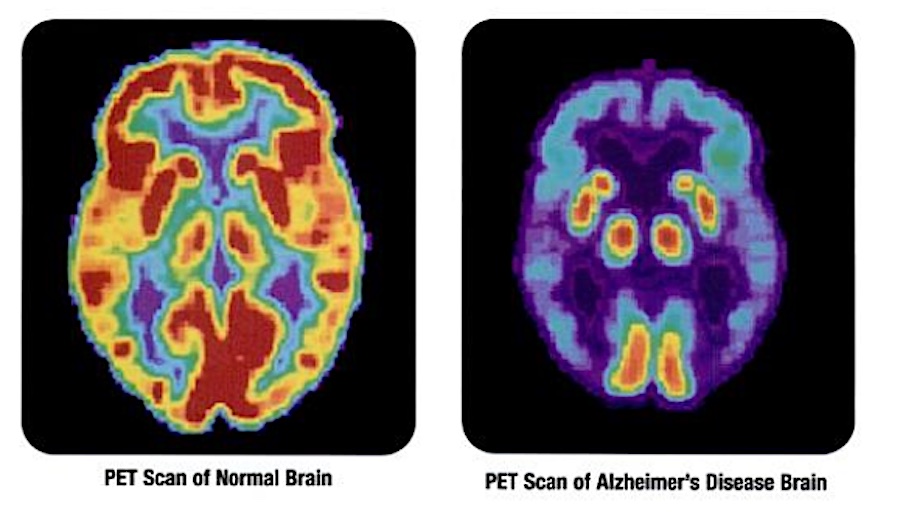
Scientists at St. Jude Children’s Research Hospital have demonstrated for the first time that the protein midkine plays a preventative role in Alzheimer’s disease.
Midkine is known to accumulate in Alzheimer’s patients, but rather than accelerate the disease, it seems to prevents a second, sticky protein from clumping together—the chief hallmark in this form of dementia.
Alzheimer’s disease drug research almost exclusively focuses on amyloid beta, referred to sometimes as tau protein—its molecular class. There are 6 kinds of tau proteins, and they’re necessary for maintaining the stability of microtubules in human nerve fibers, but when tau proteins—in particular amyloid beta—become hyperphosphorylated, they are observed to clump together around neurons and cause a kind of atrophy.
This is generally considered to be the pathology and driver of Alzheimer’s disease. The rot cause is manifold, with a patient’s genetic mutations, sex, toxin exposure, and sleep history all suspected to play a role.
Midkine, the other molecular character in this tale, is a small, multifunctional growth factor protein found abundantly during embryonic development but also involved in normal cell growth.
Its role in cell growth means that midkine is often overexpressed in cancer, making it a valuable biomarker. However, beyond some preliminary studies showing its increase in Alzheimer’s, midkine’s link to the neurodegenerative disease has been poorly understood.
In a study published on August 21st in Nature Structural & Molecular Biology, co-author author Junmin Peng and colleagues used fluorescence assays among other techniques to investigate how much of the correlation between midkine and amyloid beta is just a coincidence.
They knew that earlier Alzheimer’s models where midkine is lacking showed more amyloid beta accumulation, and so they used a fluorescent sensor to monitor amyloid beta assemblies, called thioflavin T, and tracked the real associations going on between these two compounds.
ALZHEIMER’S DRUG DEVELOPMENT: A Breath Closer to Alzheimer’s Cure: How Xenon Gas Could Transform Treatments
Their data revealed that midkine inhibits amyloid beta elongation and secondary nucleation, two specific phases during assembly formation. Nuclear magnetic resonance confirmed this finding.
“Once the amyloid beta assemblies grow, the signal becomes weaker and broader until it disappears because the technique can only analyze small molecules,” said Peng, referring to the ability to spot thioflavin T amid the tau ‘tangles’. “But when we add in midkine, the signal returns, showing that it inhibits the large assemblies.”
HOLISTIC ALZHEIMER’S DRUGS: Being Social–Like Dining Out, Traveling, or Playing Bingo, May Delay Dementia by 5 Years
Additionally, the researchers used Alzheimer’s disease mouse models that have increased amyloid beta and demonstrated that removing the midkine gene resulted in even higher levels of amyloid beta assemblies. These results point to the protective role the protein has against Alzheimer’s disease.
“We want to continue to understand how this protein binds to amyloid beta so we can design small molecules to do the same thing,” said Peng. “With this work, we hope to provide strategies for future treatment.”
SHARE This Great Science With Your Friends Concerned About Alzheimer’s…
